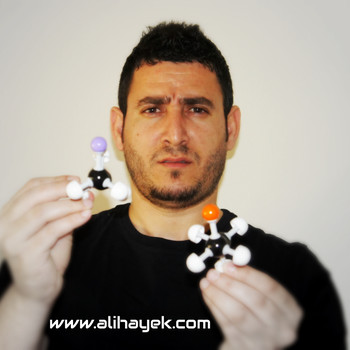Why is the activation energy required to rotate the C-N bond in tertiary amides (i.e. N,N-dimethylacetamide) higher than for a primary amide (i.e. acetamide)?
1 Answer
Sep 28, 2015
Because of the steric hindrance with the methyl connected to the carbonyl
Explanation:
N,N-dimethylacetamide.
My best guess would be that the two methyl groups on the nitrogen atom restrict the rotation around the
Acetamide.
However, we can see that there is more room around the nitrogen atom in the case of acetamide:

